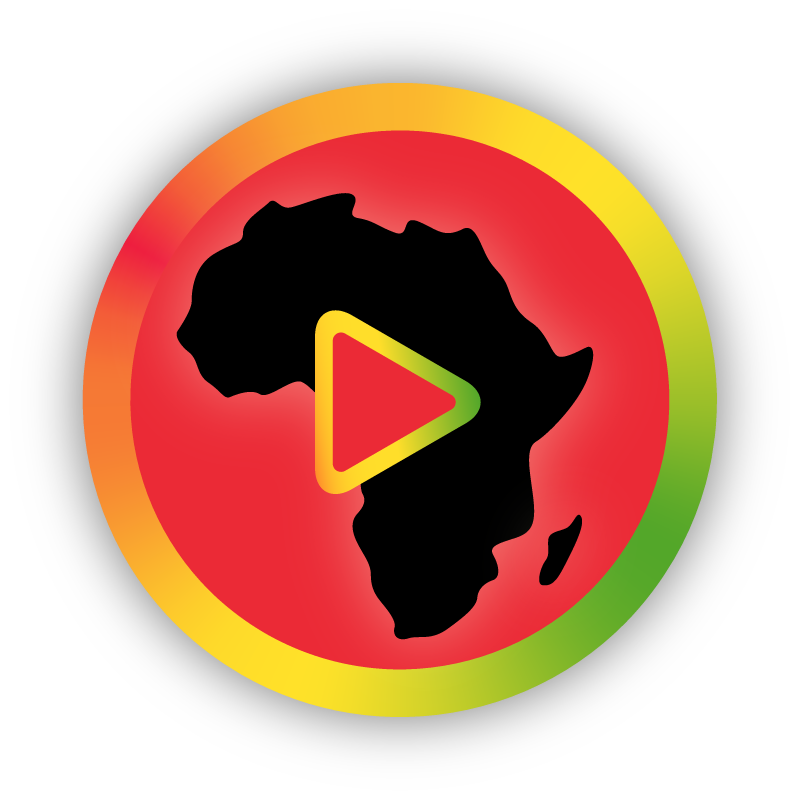Knowledge about lunar cycle & calendar 📆
2025
Why the Ethiopian Calendar Is Considered True Time Many argue that the Ethiopian calendar reflects "true time" because it has remained unaltered by Western influences and calculations. It sustains accurate ancient understanding of time that predates the Gregorian reforms. The alignment of its months and years with natural rhythms, its integration of lunar cycles, and its historical accuracy all contribute to its reputation as the most authentic calendar. In conclusion, while the world largely operates on the Gregorian calendar, there is growing recognition that this system does not fully represent time as measured by natural and cosmic cycles. The Ethiopian calendar stands as a testament to the enduring accuracy of ancient knowledge, offering a profound perspective on how humanity can reconnect with the true rhythm of time. Why the Ethiopian Calendar Is Considered True Time Many argue that the Ethiopian calendar reflects "true time" because it has remained unaltered by Western influences and calculations. It sustains an ancient understanding of time that predates the Gregorian reforms. The alignment of its months and years with natural rhythms, its integration of lunar cycles, and its historical accuracy all contribute to its reputation as the most authentic calendar. In conclusion, while the world largely operates on the Gregorian calendar, there is growing recognition that this system does not fully represent time as measured by natural and cosmic cycles. The Ethiopian calendar stands as a testament to the enduring accuracy of ancient knowledge, offering a profound perspective on how humanity can reconnect with the true rhythm of time. The lunar cycle and calendar systems across the world have long been sources of cultural, scientific, and spiritual significance. However, there is a deep discussion about the accuracy of calendars and how they align with the natural rhythms of time and celestial movements. Many argue that the European Gregorian calendar, which is widely adopted globally, does not accurately reflect the true measurement of time. In contrast, the Ethiopian calendar is often highlighted as a more precise and authentic representation of time, rooted in ancient traditions and sustained to this day. Lunar Cycles and Calendar Systems The lunar cycle, based on the Moon’s phases, lasts approximately 29.5 days, which is the time it takes for the Moon to complete its orbit around the Earth. Historically, many ancient cultures based their calendars on the Moon, as it closely aligns with natural rhythms and agricultural cycles. Lunar calendars, such as those used by ancient civilisations, the Islamic calendar, and even segments of the Hebrew calendar, tracked months by the waxing and waning of the Moon. However, the Gregorian calendar, which is solar-based, focuses on the Earth's orbit around the Sun, lasting 365 days (or 366 in a leap year). It was introduced in 1582 by Pope Gregory XIII as a correction to the Julian calendar. While it brought some improvements, it strayed from lunar and solar synchronisation, which has led to debates about whether it truly represents cosmic time. The Ethiopian Calendar The Ethiopian calendar, still in use today, is one of the few calendars that has preserved its ancient integrity and differs significantly from the Gregorian calendar. It is based on the ancient Alexandrian calendar and retains its ties to both solar and lunar systems. Here are key aspects of the Ethiopian calendar: Structure of the Calendar The Ethiopian year consists of 13 months: 12 months of 30 days each and an additional short month called Pagumē, which has 5 or 6 days depending on whether it is a leap year. The Ethiopian calendar is approximately 7–8 years behind the Gregorian calendar due to differences in the calculation of the year of Christ’s birth. Alignment with Nature The Ethiopian calendar is deeply tied to agricultural and spiritual cycles. It aligns more closely with the rhythms of the Earth, reflecting seasons accurately and remaining synchronised with natural time. New Year and the Start of Time The Ethiopian New Year (Enkutatash) falls around September 11 in the Gregorian calendar, marking a significant celestial and agricultural event in Ethiopia. It reflects a different calculation of time and history, one that avoids the adjustments and "miscalculations" introduced in the European calendar system. Misalignment of the Gregorian Calendar The Gregorian calendar has been criticised for its deviation from natural time cycles. For example: It does not align with the lunar cycle, ignoring the Moon’s influence on tides, biological rhythms, and agricultural patterns. Its leap year system, while mathematically useful, still results in minor inaccuracies over centuries. It reflects a Eurocentric adjustment to time, neglecting the rich diversity of systems like the Ethiopian calendar. #year #month #time #2025 #spiritualawakening

